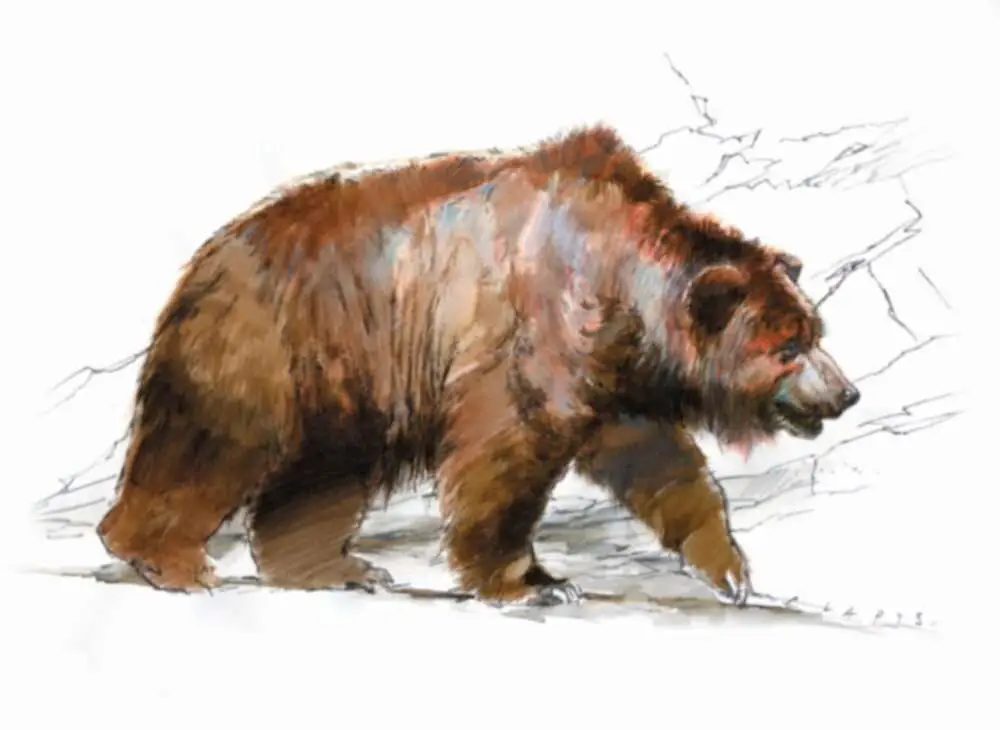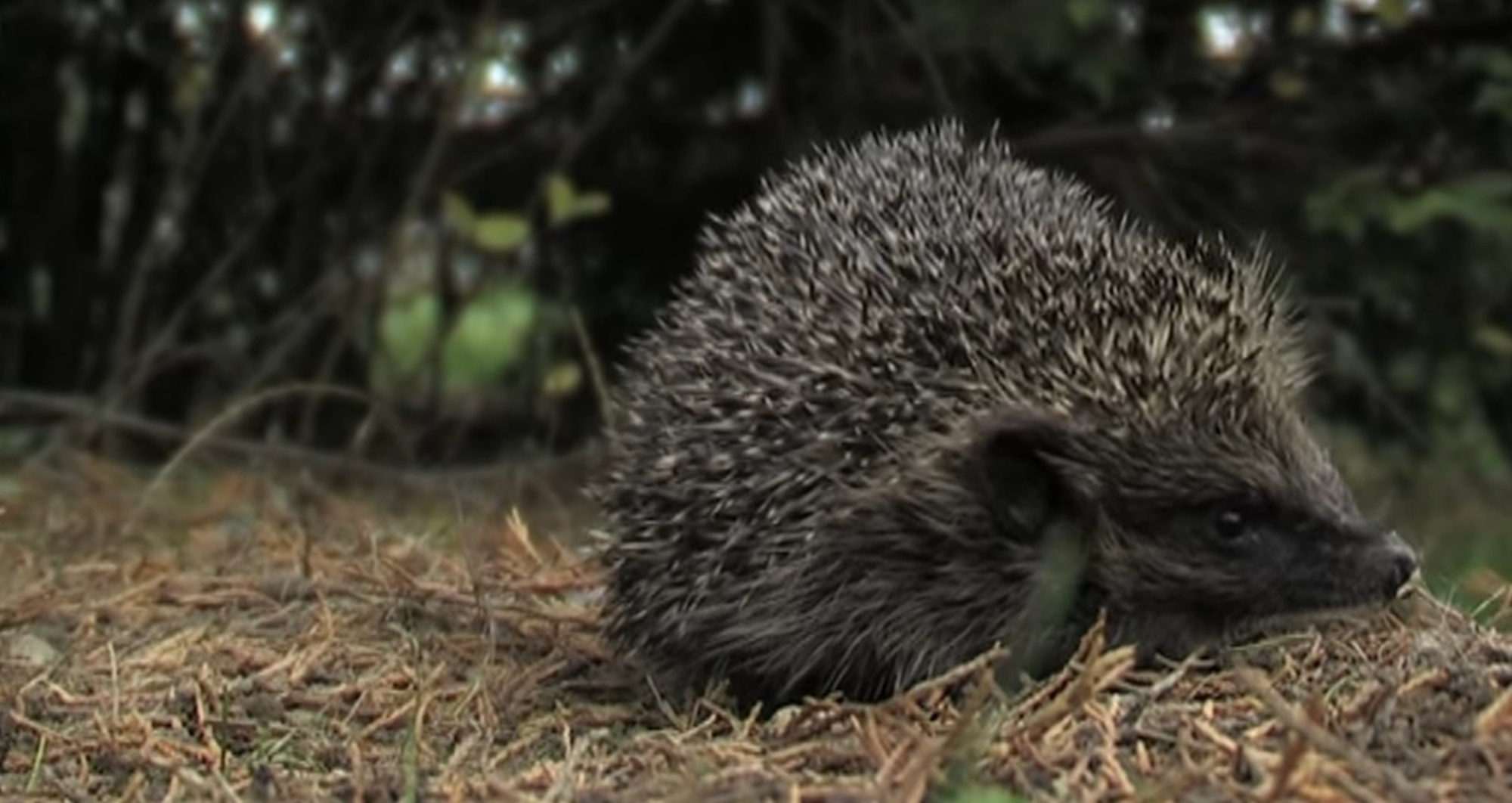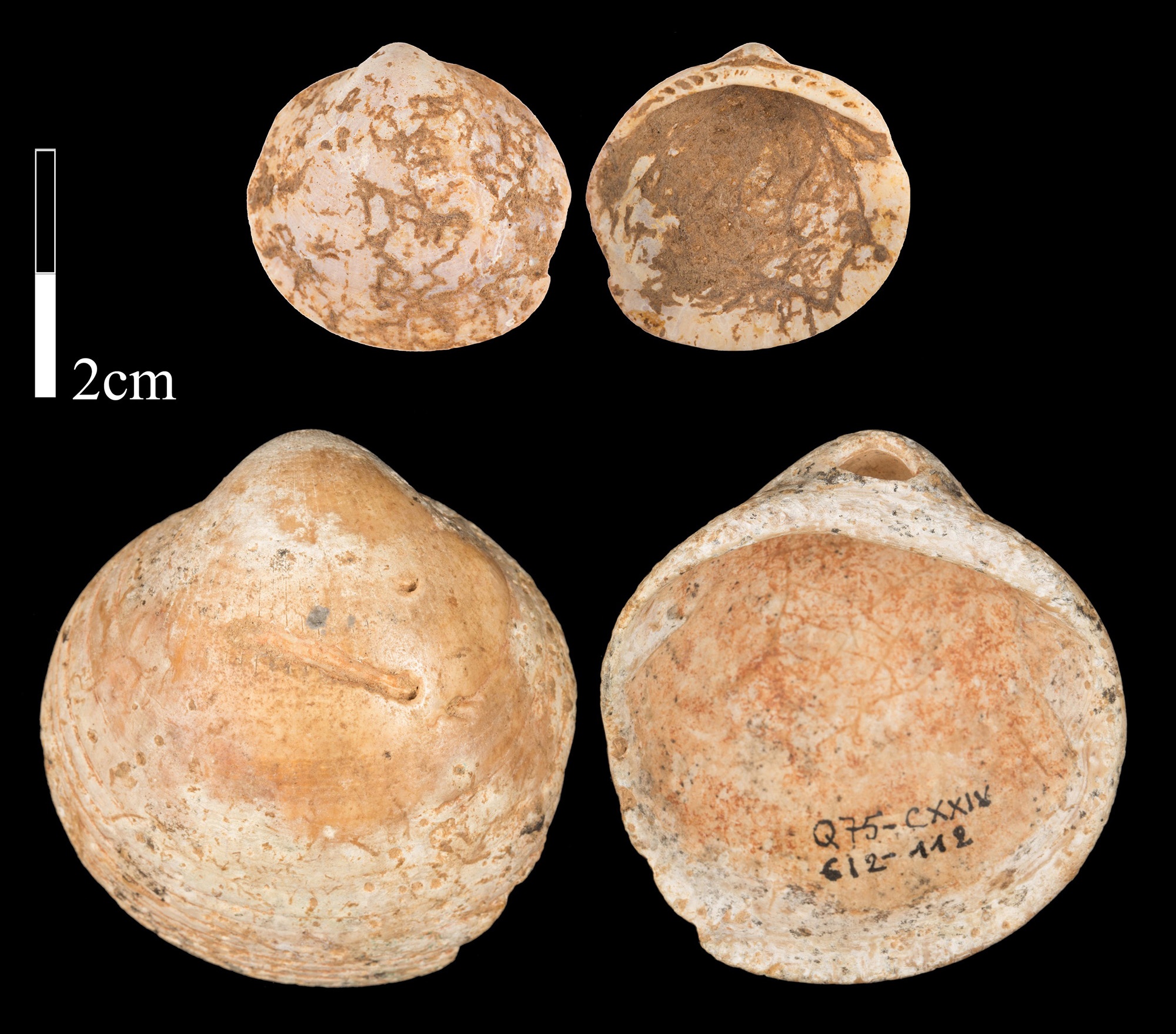FUR BACK: Humans Have Been Using Bear Skins For At Least 300,000 Years, Says Study
Researchers have found out that humans have been using bear skins to protect themselves from cold weather conditions for at least 300,000 years. Image shows a metatarsal of a cave bear with cut marks, undated photo. Humans have been using bear skins to protect themselves from cold weather for at…





